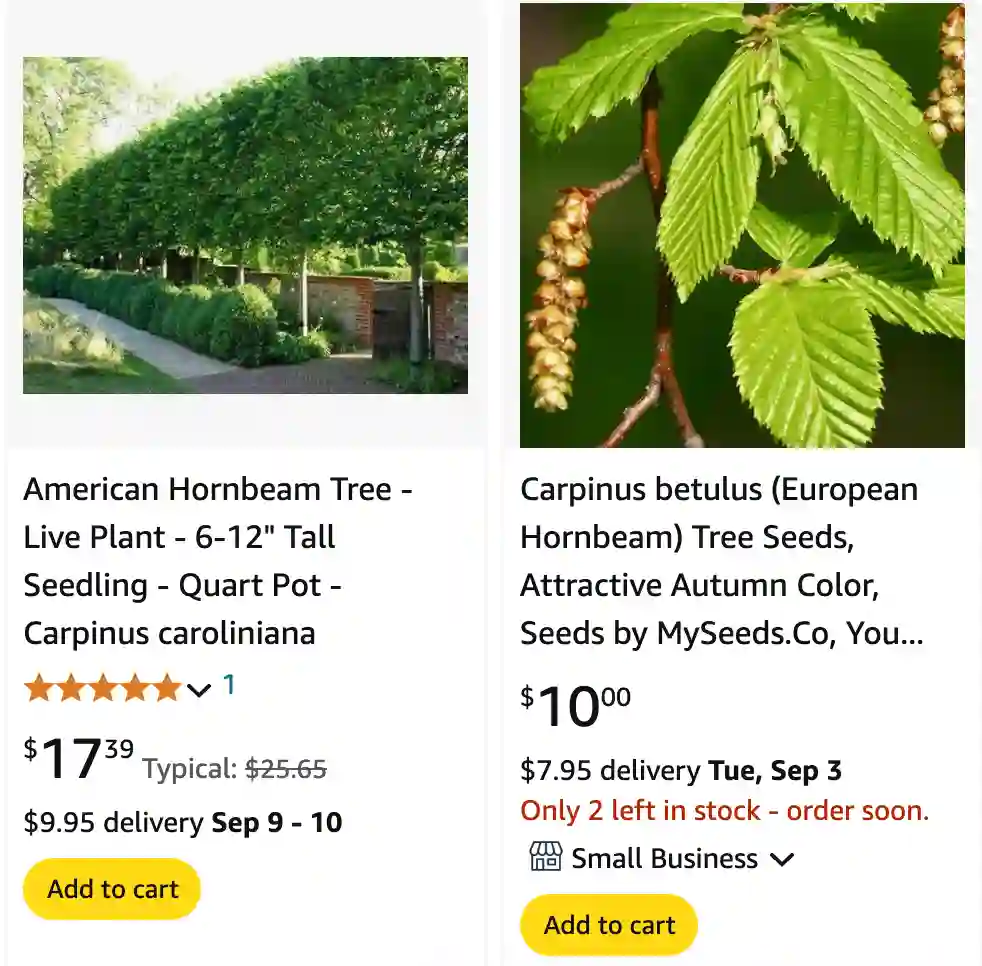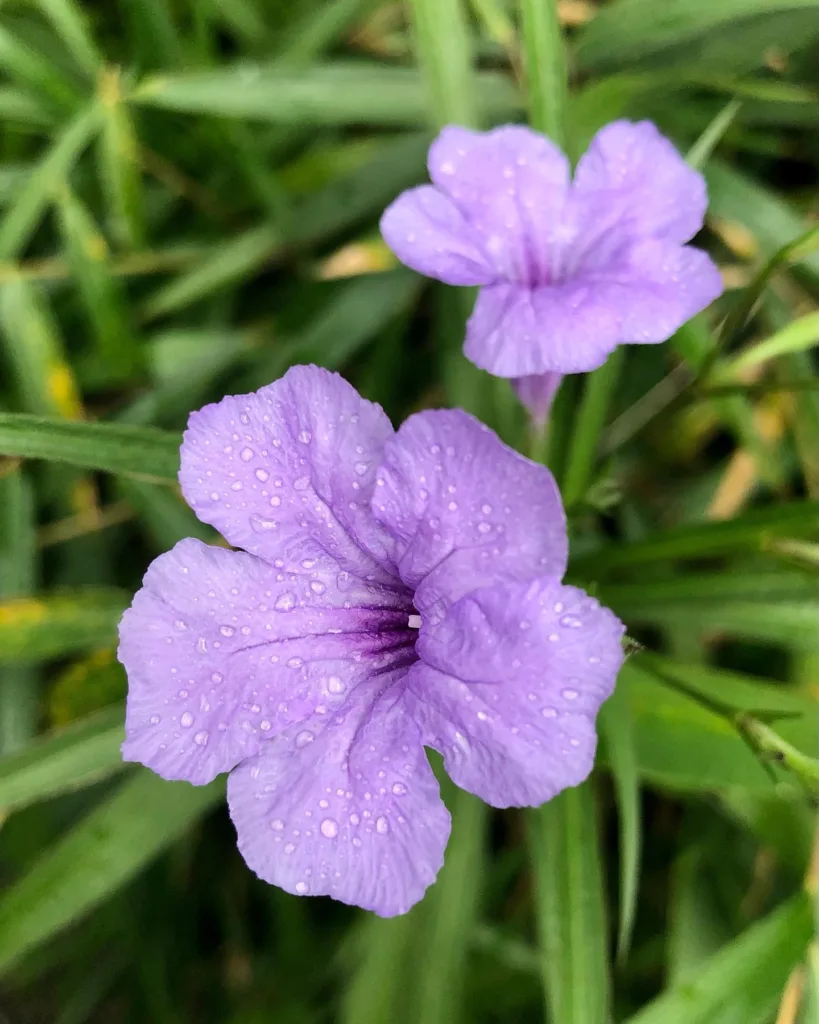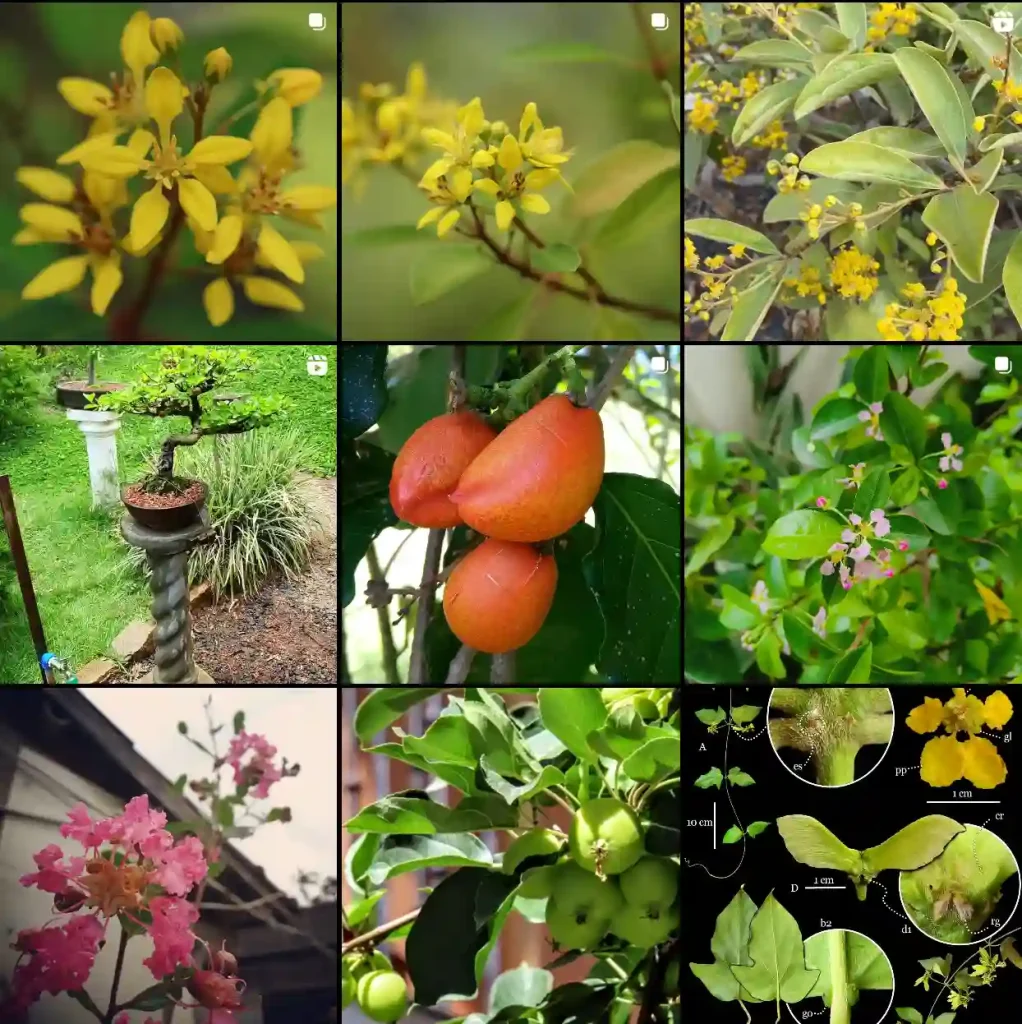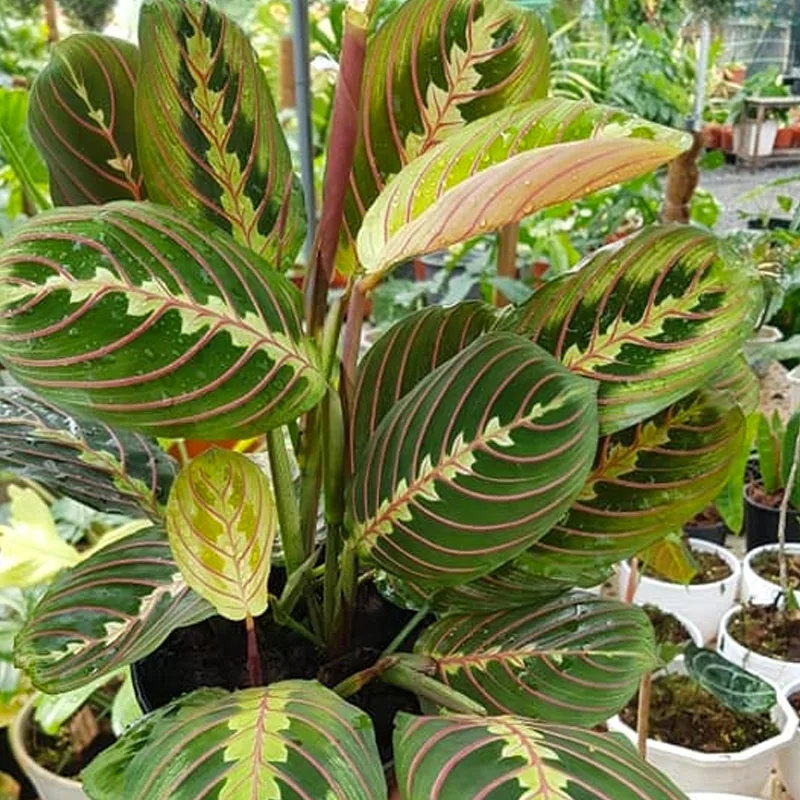
FAQs About Hornbeam
When it comes to choosing the right tree for your landscape, Hornbeam is a name that often comes up. This tree, with its attractive features and practical benefits, is worth considering. Here are some frequently asked questions about Hornbeam, based on my experiences and research.
What is a Hornbeam?
Hornbeam refers to several species in the Carpinus genus, including the American Hornbeam (Carpinus Caroliniana) and European Hornbeam (Carpinus Betulus). These trees are known for their hard, dense wood and distinctively textured bark. The name “Hornbeam” comes from the Old English word “hornbeam,” referring to the tree’s hard wood that was used to make wheels and other tools in medieval times.
Is Hornbeam Deciduous?
Yes, Hornbeam trees are deciduous. They shed their leaves in the fall, which makes them different from evergreen trees. In autumn, their foliage turns a golden-yellow before dropping, adding seasonal color to your garden.
Are American Hornbeam Trees Messy?
American Hornbeam trees are relatively tidy compared to some other trees. While they do drop their leaves in the fall, the leaf litter is not particularly messy or hard to manage. Their small size and manageable growth habit make them a good choice for smaller gardens where space and maintenance are concerns.
Are Hornbeam Roots Invasive?
Hornbeam roots are not generally considered invasive. They tend to grow in a more contained manner compared to some other species. This makes them suitable for urban and suburban settings where space can be limited. However, it’s always a good idea to monitor their growth and ensure they don’t interfere with nearby structures or plants.
Are Hornbeam Trees Evergreen?
No, Hornbeam trees are not evergreen. They are deciduous, meaning they lose their leaves each autumn. This seasonal change can be a beautiful addition to your garden, providing different looks throughout the year.
Can Hornbeam Be Cut Back Hard?
Hornbeam trees can be pruned, but it’s important to do so carefully. They tolerate regular pruning well, and you can cut them back hard if needed. This is particularly useful for maintaining shape or encouraging denser growth. However, heavy pruning should ideally be done in late winter or early spring before new growth begins.
Can I Prune Hornbeam in Winter?
Yes, you can prune Hornbeam trees in winter. In fact, winter is an excellent time for pruning since the tree is dormant, and it’s easier to see the structure without the leaves. Just ensure you avoid severe cold snaps immediately after pruning, as this could potentially damage the tree.
Do Deer Eat Hornbeam?
Hornbeam trees are relatively deer-resistant. While deer may occasionally nibble on their leaves or young shoots, they are not a preferred food source. This can be beneficial if you live in an area with a high deer population and want to reduce the need for deer protection measures.
Do Hornbeam Trees Lose Their Leaves?
Yes, Hornbeam trees lose their leaves in the fall. This is a natural part of their lifecycle as deciduous trees. The bare branches in winter can provide a different, more architectural look, and the fallen leaves can add to the seasonal garden mulch.
Does Hornbeam Burn Well?
Hornbeam wood burns well and is known for its high energy content. It produces a steady, hot fire with minimal smoke and ash. This makes it a good choice for firewood if you’re looking for something that offers efficient heating.
How Big Do Hornbeam Trees Grow?
Hornbeam trees typically grow to a height of 20 to 35 feet (6 to 10 meters) with a similar spread. The American Hornbeam usually stays on the smaller side, while the European Hornbeam can reach up to 50 feet (15 meters) in height. Their moderate size makes them suitable for many garden settings.
How Far Apart to Plant Hornbeam Hedge?
When planting a Hornbeam hedge, space the trees about 18 to 24 inches (45 to 60 cm) apart. This distance allows them to grow into a dense, continuous hedge while ensuring each plant has enough room to thrive.
How Fast Do Hornbeam Trees Grow?
Hornbeam trees have a moderate growth rate. On average, they grow about 12 to 24 inches (30 to 60 cm) per year. This steady growth makes them suitable for landscapes where you want a reliable but not overly fast-growing tree.
Hornbeam vs. Hophornbeam
Hornbeam and Hophornbeam (Ostrya) are often confused, but they are different species. Hophornbeam has a more open, airy appearance and distinctive hop-like seed clusters, while Hornbeam has a denser, more compact form. Both are excellent choices for gardens, but they offer different aesthetic qualities.
Hornbeam vs. Beech
Hornbeam and Beech (Fagus) are both deciduous trees with hard wood. However, Beech trees have larger, smoother leaves and are generally more shade-tolerant. Hornbeam, on the other hand, has smaller, serrated leaves and can handle a wider range of soil conditions.
Hornbeam vs. Elm
Hornbeam and Elm trees have different growth habits and leaf shapes. Elms tend to grow faster and larger, with a more spreading canopy. Hornbeams have a denser form and slower growth rate. Hornbeam leaves are also more serrated compared to the smoother leaves of Elms.
Hornbeam vs. Ironwood
Ironwood is another name for Hornbeam in some regions due to its hard, dense wood. While the terms are often used interchangeably, Ironwood can also refer to different species in the Carpinus or Ostrya genera. Both Hornbeam and Ironwood are valued for their durable wood and aesthetic qualities.
Hornbeam vs. Oak Firewood
Hornbeam and Oak are both excellent choices for firewood, but they have different characteristics. Oak burns hotter and longer, producing more coals and heat. Hornbeam, while not as long-burning as Oak, still offers a good heat output and produces less ash.
How to Care for Hornbeam?
Caring for Hornbeam involves regular pruning to maintain shape, occasional feeding, and ensuring proper watering, especially during dry periods. They are quite resilient but appreciate well-drained soil and moderate moisture levels.
How to Propagate Hornbeam?
Hornbeam can be propagated from seeds or by taking hardwood cuttings. Seeds should be stratified for several weeks before planting. For cuttings, select healthy wood from the previous season and root them in a potting mix under controlled conditions.
What to Plant With Hornbeam?
Hornbeam pairs well with various plants in a garden setting. Consider combining it with shrubs like Boxwood or ornamental grasses for texture contrast. It also works well in mixed borders or as part of a woodland garden.
Can You Grow Hornbeam Indoors?
Hornbeam is generally suited for outdoor planting. It requires significant space and light to thrive, making it challenging to grow indoors. If you have a large, well-lit indoor space, you might try growing a small Hornbeam tree in a large container, but it’s not ideal for typical indoor environments.
Is Hornbeam Toxic?
Hornbeam is not considered toxic to humans or pets. It is safe to grow in gardens where children or animals are present. Always ensure that any plants used in gardens are non-toxic to avoid potential issues.
Benefits of Hornbeam
Hornbeam trees offer several benefits, including their hard wood, which is useful for crafting and firewood. They also provide excellent shade, are relatively low-maintenance, and add aesthetic value to landscapes with their attractive foliage and structure.
Common Problems with Hornbeam
Hornbeam trees are generally resilient, but they can be susceptible to certain pests and diseases, such as aphids and fungal infections. Regular inspection and proper care can help manage these issues effectively.
Hornbeam trees are a versatile and attractive option for many landscapes. Their range of sizes, manageable growth, and distinctive appearance make them a valuable addition to any garden.




